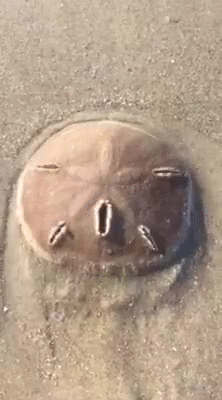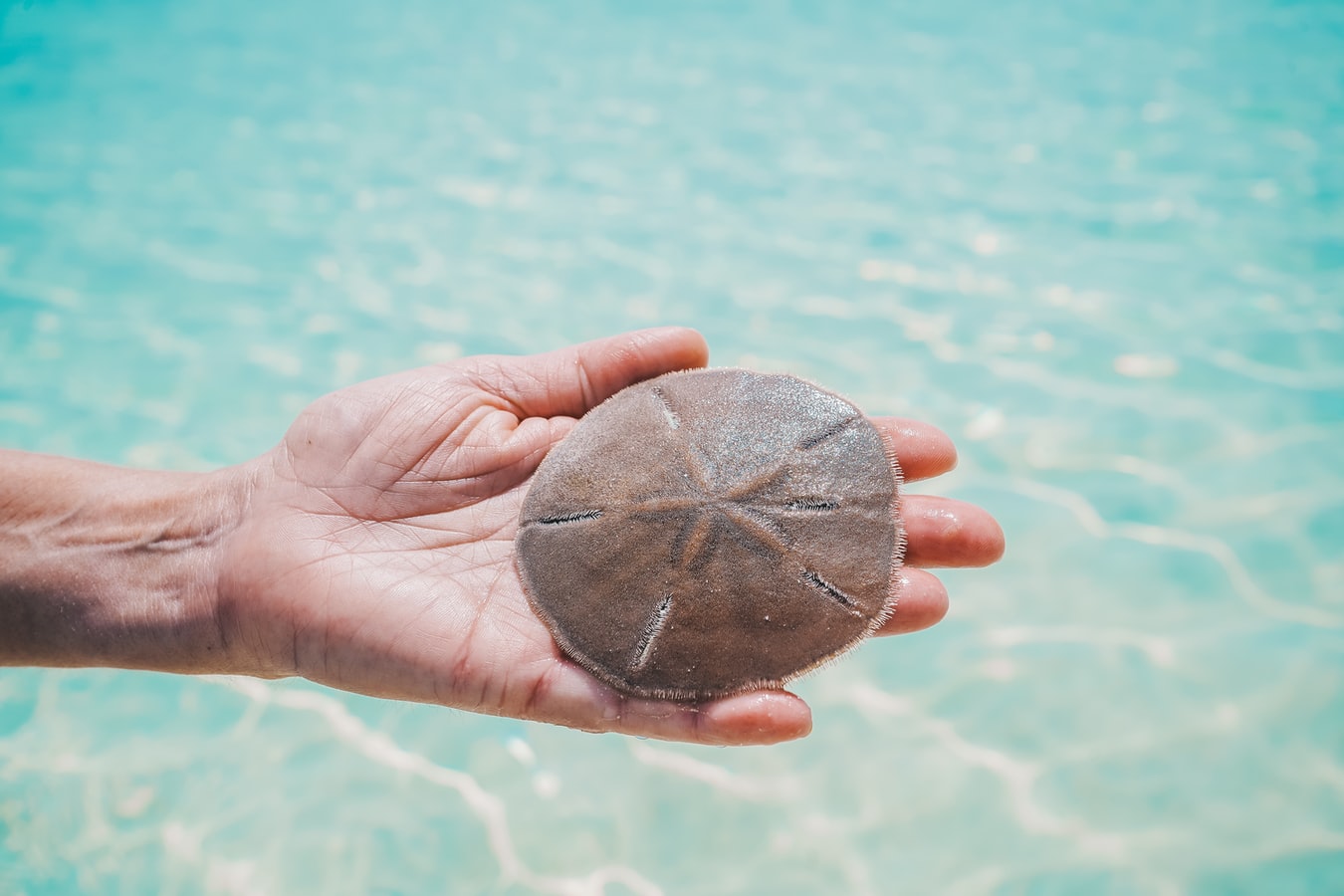Sand Dollars Are Truly Priceless
6 wild facts that will change the way you think about sand dollars

If you’ve ever been to a beach in places like the United States, chances are that you’ve probably come across a sand dollar at some point. These iconic emblems of our nation’s beaches often serve as a stunning representation of vacation memories for so many Americans … but how much do you really know about them? Today, I’m here to bring you six wild facts about these fascinating creatures.
They are cousins to sea stars and sea urchins.
As echinoderms, sand dollars are related to several other iconic shoreline species, including the two aforementioned critters. Fun fact: sand dollars are also sometimes referred to as “sea cakes” or “sea cookies.” Aside from that, though, these animals are bottom-dwellers, traversing the seafloor to find plankton and algae to consume (much unlike your typical birthday cake, of course). They use spines and tiny hairs called cilia to move across the bottom of the sea to ensure their next meal is within reach. Speaking of cilia…
These creatures use their hair to eat.
 Yes, you read that correctly! While sand dollars’ “hair” may not be functionally the same as ours, the same cilia that help them to move along the seafloor also ensure that they can obtain and consume the food they need. When sand dollars eat, they activate their cilia to move food to their mouths, which are close to the lower-center of their bodies. If you’ve ever seen footage of their sea star cousins having a meal, it’s a very similar process.
Yes, you read that correctly! While sand dollars’ “hair” may not be functionally the same as ours, the same cilia that help them to move along the seafloor also ensure that they can obtain and consume the food they need. When sand dollars eat, they activate their cilia to move food to their mouths, which are close to the lower-center of their bodies. If you’ve ever seen footage of their sea star cousins having a meal, it’s a very similar process.
Once their food reaches their mouths, things get even more wild. This may be surprising to you (it sure was for me), but sand dollars have jaws with five sections of what are essentially small teet
They’ve even been known to chew what they consume for up to fifteen minutes before they “swallow” it, and digesti
The process used by scientists to age them as very similar to the process used to age trees.
As sand dollars age, they develop rings around their exoskeleton. These rings demonstrate how long a sand dollar has been around. They typically live for no more than 10 years, but it’s fascinating to know that scientists can tell how old these echinoderms are in the same way that they age trees (by the number of rings that have developed within their trunks). Above anything else, the commonalities between land and sea creatures is what blew my mind the most, illustrating that patterns can be found in nature even in the most unexpected places.
Sand dollars love hanging out in groups.
If any of the facts I discovered about these animals surprised me the most, it was this one for sure. I’ve never thought of bottom-dwellers of our ocean (especially echinoderms) as particularly “social”
The need to be in the water to survive.
While we’re on the topic of where these interesting little specimens thrive, it’s important to know that they must be in the water to survive. While it’s a common occurrence for SCUBA divers or snorkelers to pick these animals up as tokens of their underwater adventures, it’s critical to remember that sand dollars are not merely shells, but living creatures. They can only live underwater, and removing them from their aquatic homes threatens their survival.
They aren’t naturally white.

In my experience, most advertisements that feature sand dollars seem to depict them as a crisp, bright white color, contrasting beautifully against the warm tones of tropical sand. But this type of visual is misleading. When sand dollars are alive and healthy, they are not white, but rather a tan, almost taupe-like shade. When they die, the remaining skeleton is bleached by the sun and turns white.

There’s truly so much more to sand dollars than meets the eye. The same can certainly be said of so many more creatures that call our ocean home, too. You can learn more about both the well-known and lesser-known wildlife that call our ocean home by visiting Ocean Conservancy’s Wildlife Fact Sheets, and be sure to engage with us on social media by commenting or messaging us on Instagram, Facebook and Twi